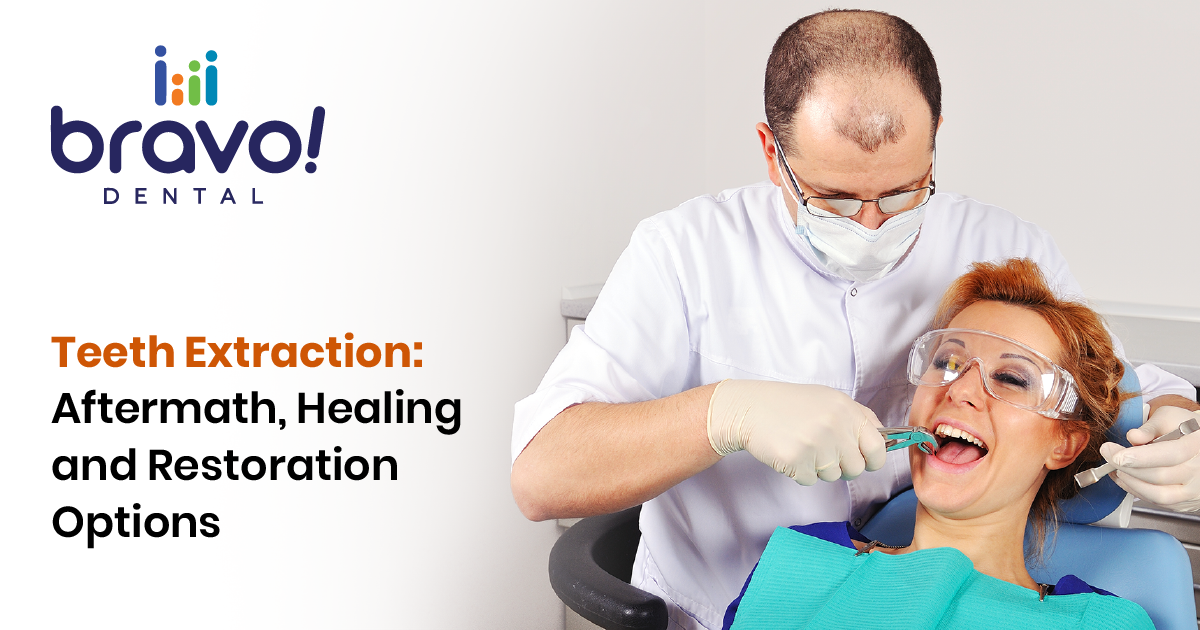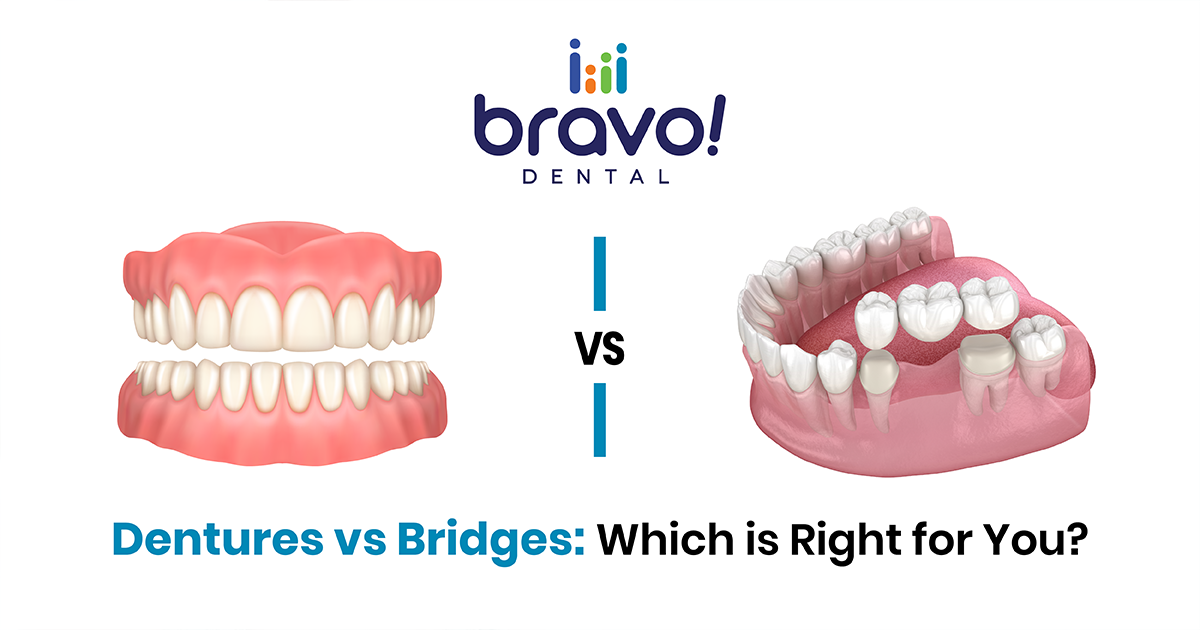
Teeth extraction is a common dental procedure performed for various reasons, such as severe decay, gum disease, crowding, or trauma. While it may seem daunting, understanding the aftermath and the restoration process can help ease your concerns.
Immediate Aftermath
Pain and Discomfort: It’s common to experience pain and discomfort after the anesthesia wears off. Your dentist will prescribe pain medication to manage this.
Swelling: Swelling in the extraction area is normal and can last a few days. Applying an ice pack can help reduce swelling.
Bleeding: Minimal bleeding is normal immediately after the extraction. Your dentist will provide gauze to control bleeding, and it should stop within a few hours.
Diet: Stick to a soft diet for a few days to avoid irritation and protect the extraction spot.
Oral Care: Continue your regular oral hygiene routine but be gentle around the extraction area.
Healing Process
Blood Clot Formation: A blood clot forms in the socket after extraction. Protect this clot as it’s essential for healing. Avoid smoking and using straws, which can dislodge the clot.
Bone and Tissue Healing: The extraction site will gradually heal, with new bone and tissue forming over time. This process can take several weeks.
Follow-Up Appointments: Attend follow-up appointments with your dentist to monitor the healing progress and address any concerns.
Restoration Options
Once you’ve healed, it’s time to explore the various restoration options available to fill the gap left by the extracted tooth:
Dental Implants: Dental implants are a popular choice for tooth replacement. They involve surgically placing a titanium post into the jawbone, which acts as an artificial tooth root. A crown is then attached to the implant. Implants are durable and provide a natural-looking and functioning replacement.
Dental Bridges: Bridges consist of one or more artificial teeth anchored by adjacent natural teeth or implants. They are an excellent option when there are healthy teeth adjacent to the extraction site.
Partial Dentures: Partial dentures are removable appliances that replace one or more missing teeth. They are cost-effective and provide a functional solution for tooth loss.
Full Dentures: When multiple teeth have been extracted, full dentures can replace an entire arch of missing teeth. Modern dentures are more comfortable and natural-looking than ever before.
Implant-Supported Dentures: These dentures are secured by dental implants, providing increased stability and preventing issues like slippage or discomfort.
Maintaining your restored smile
After your tooth restoration, it’s essential to maintain your oral health with regular check-ups. Continue to see your dentist for regular check-ups and cleanings to ensure your restoration remains in good condition. Maintain proper oral hygiene practices, including brushing, flossing, and using an antiseptic mouthwash. Also, be mindful about your diet and food intake to maintain good oral health.
Conclusion
Teeth extraction and restoration are common procedures that can greatly improve your oral health and overall quality of life. Understanding the immediate aftermath, the healing process and the restoration options available is essential for a smooth journey to a healthy and confident smile.
If you are looking to consult a dentist for personalized advice and guidance, our experts at Bravo! Dental are the best choice. With our expert care, you can enjoy the benefits of a beautifully restored smile for years.
happy to hear from you, contact us
Fill out the contact form below and Feel free to send any question or query.




